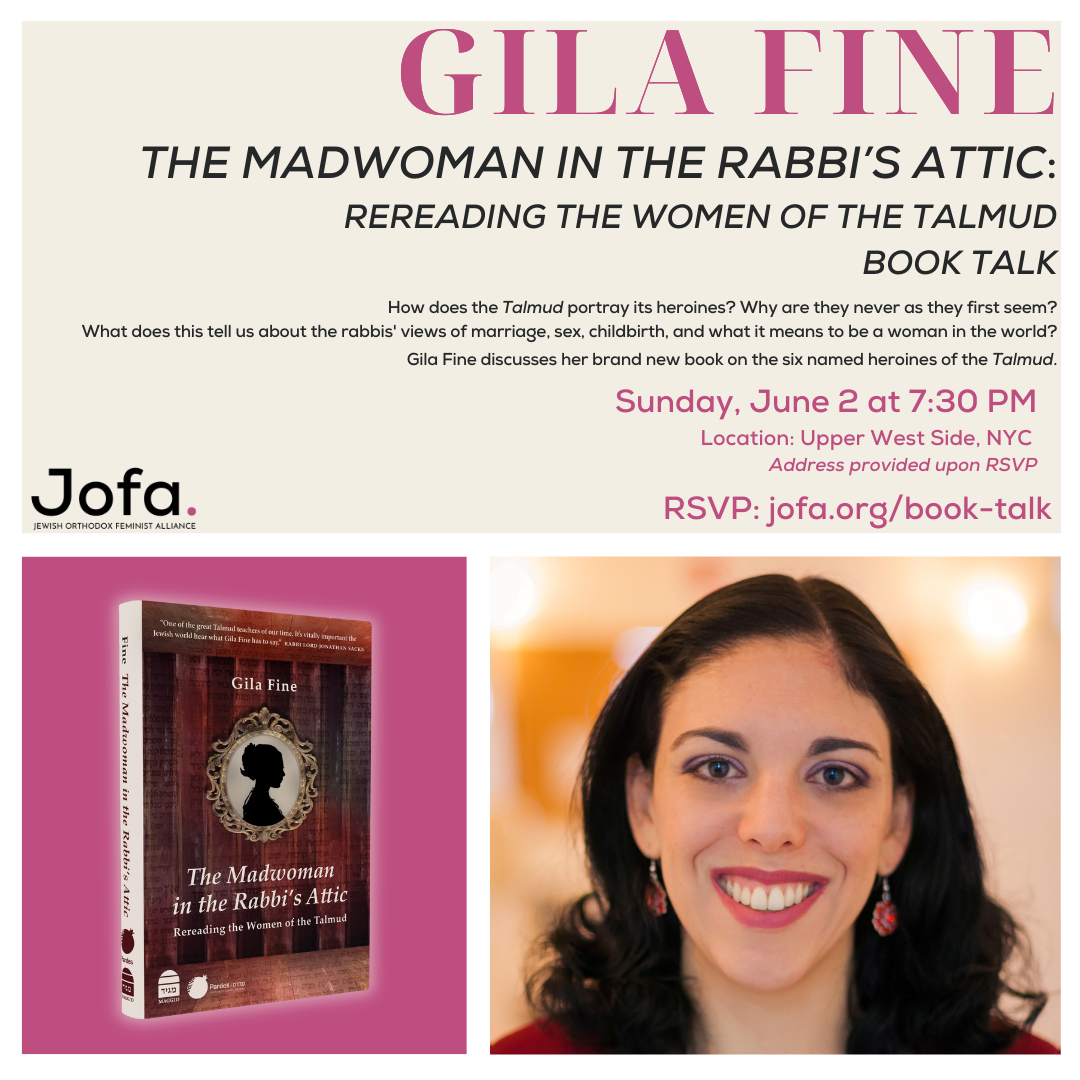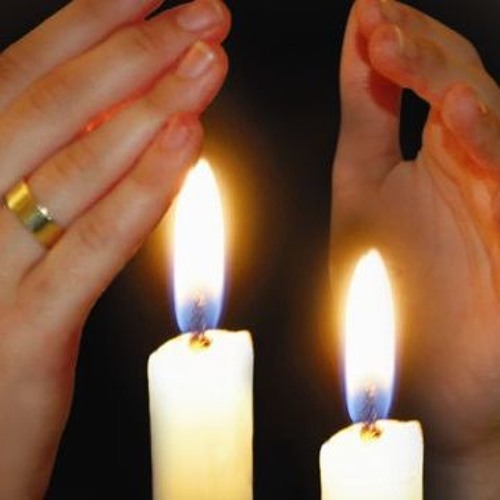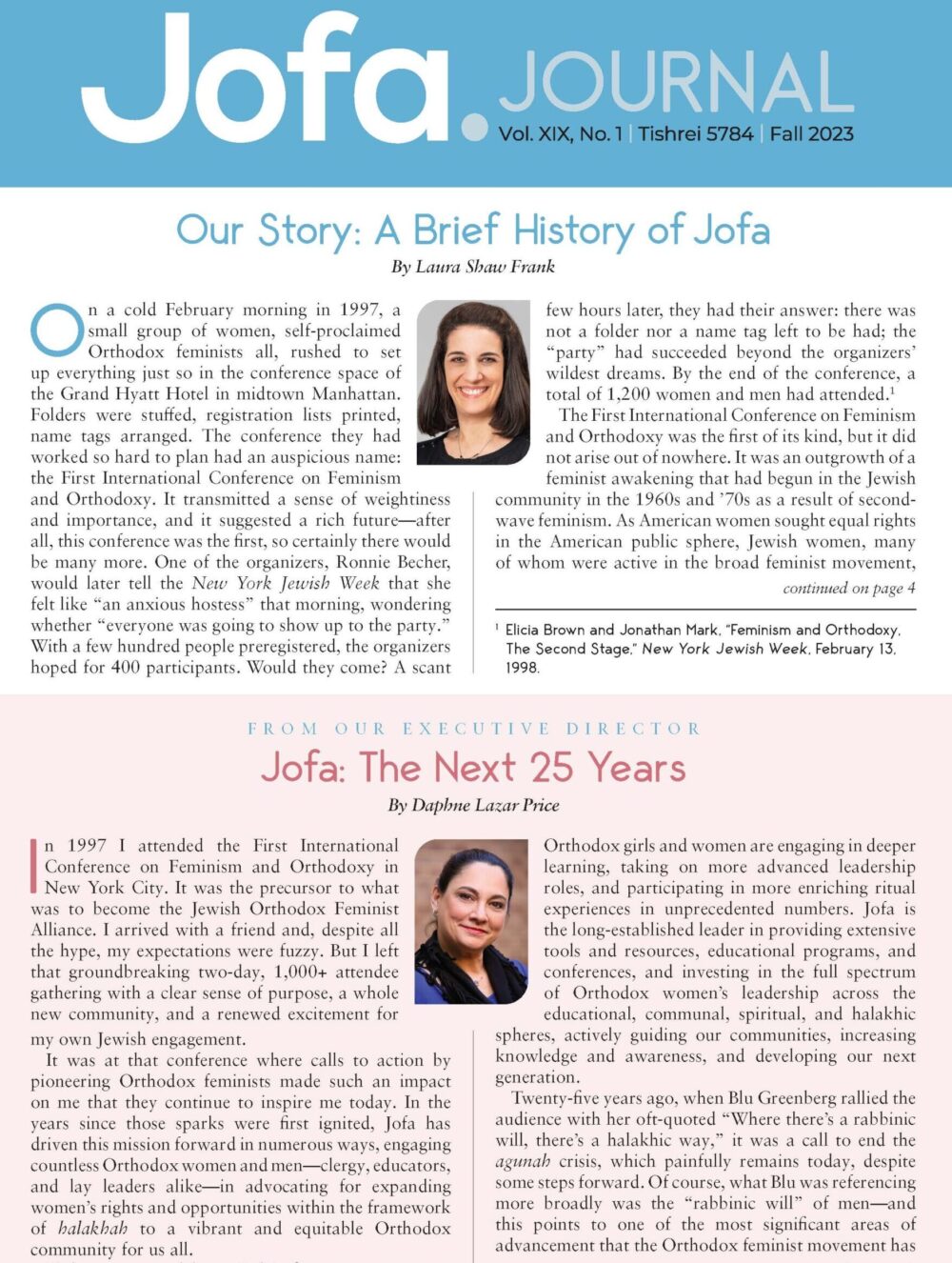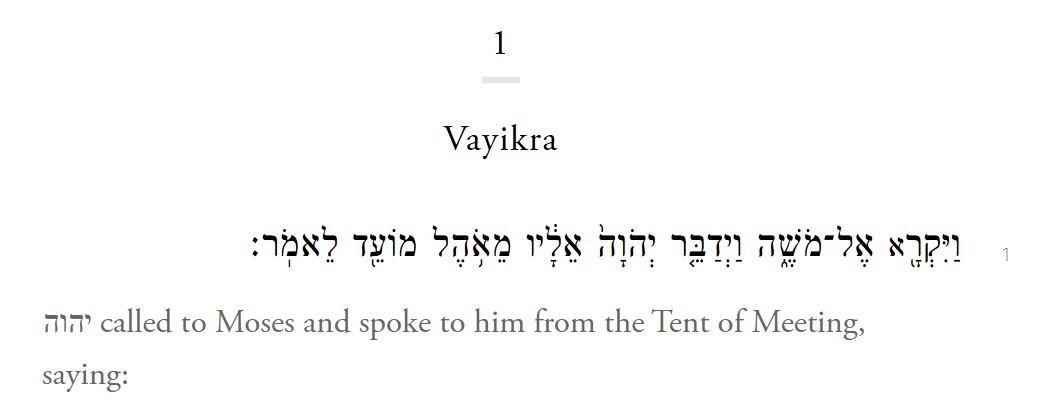Walls and Mehitzot: A Big Difference
By Bat Sheva Marcus
Something there is that doesn’t love a wall,
That sends the frozen-ground-swell under it,
And spills the upper boulders in the sun,
And makes gaps even two can pass abreast.
In Robert Frost’s “Mending Walls,” the poet complains about the need for a wall between himself and his neighbor. Walls, he notes, come in two kinds. Some are useful, protecting crops and preserving relationships. But others are needless, and Frost notes that nature itself resists these unwelcome barriers. Over time, the cold and the earth seek to set things right, creating cracks and holes and ultimately bringing walls down.
Some of you may be aware of the current controversy surrounding the wall, or glass ceiling, that limits women serving in clergy roles. Much to our delight, many of these walls have been slowly eroding. Cracks and crevices have materialized, both here in the United States and in Israel. And wherever an opening appeared, bright, committed, and learned women have stepped into the space. Unfortunately, not everyone is happy with the erosion of these walls. And recently there have been more and stronger attempts to rebuild the wall, putting up new stumbling blocks in the path of these women.
This is not a new controversy. For decades, women have been achieving ever higher levels of learning, religious commitment, and mastery of rabbinic roles that had long been the sole purview of men. But for the past fifteen years, these women have had to step over stones and contort themselves to fit through the crevices that have made this possible. They have used never-heard-before titles—or have used no title at all. They have struggled to create their own educational programs, to carve out employment opportunities, and to describe their jobs in paragraphs when a single word like “rabbi,” “Ram” (rav v’posek),” or “posek” would have sufficed. But they kept marching forward, and the walls that kept women out of Jewish leadership have slowly but surely crumbled.
In Israel and in the United States, these openings, and the reactions they have inspired, have diverged. In a recent article in the journal Tradition, Dr. Rachel Levmore recounts how women became fully integrated as toaniyyot rabbiniyyot—rabbinic advocates—in the highest rabbinical courts. The “serious, professional work and attitude” of these women, Dr. Levmore writes, “enabled their appearances in the Beit Din to become part of the rabbinic landscape.” Women received certification from the Chief Rabbinate to do this work, and the practice swiftly migrated into the hareidi world as well. Israeli society became accustomed to seeing women performing rabbinic functions, and when a small number of women received formal ordination, “the matter was passed over and did not engender any controversy.”
In the United States, where rabbinic practice and the struggle for greater women’s involvement center on our shuls rather than our courts, there have also been advances. More women are teaching and speaking publicly and answering questions of halakhah. But U.S. rabbis function not only as darshanim and poskim, but also as spiritual guides who visit the sick, comfort the bereaved, and help congregants in crises find the strength and resources they need. No one has ever argued that those tasks were inappropriate for women, and for years, heroic rebbetzins have handled many of these roles with no pay and little acknowledgment. It is somewhat ironic, then, that opposition to women in the rabbinate appears to be so much more fierce here than in Israel.
The crevices continue to open, however, and more and more women are stepping into the role of clergy de facto, if not de jure. On both sides of the Atlantic, the position of yoetzet halakhah, halakhic advisor on issues of niddah, has caught on and become mainstream. More women are observing halakhah because of the yoatzot, and more women are learning Torah and embracing lives of religious service and leadership as they become yoatzot. These women counsel women in need and answer she’eilot (questions of religious law). And despite the verbal gymnastics invoked to pretend that a wall exists where it has already come down, these women are making halakhic rulings.
As the poem continues, Frost insists that it not enough to invoke platitudes to explain our walls; we must always ask and justify why our barriers exist:
Before I built a wall I’d ask to know
What I was walling in or walling out,
And to whom I was like to give offense.
Those are the hard questions that need to be presented to our critics, to those who are constantly rebuilding an unnecessary wall aimed solely at keeping women out. And for no good reason.
This issue of the JOFA Journal talks about a very different type of wall—a mehitzah, the divider within our shuls that separates men from women. For many of us, an appropriate mehitzah plays an important role. It preserves a certain atmosphere and creates a single-gender space that can be empowering. As Frost acknowledges, there are indeed some walls that are valuable and purposeful. Those walls are respected and maintained. These are the walls that serve a function, neither offending nor excluding, and these walls must remain untouched, if not unchallenged. But, like Frost’s unrelenting neighbor who builds a wall only because it was his father’s or because he can’t imagine a world without such barriers, walls should give us pause:
In each hand, like an old-stone savage armed.
He moves in darkness as it seems to me,
Not of woods only and the shade of trees.
He will not go behind his father’s saying,
And he likes having thought of it so well
He says again, “Good fences make good neighbors.”
In some cases, perhaps. But when it comes to women in leadership roles, “Something there is that doesn’t love a wall.”
[callout, if necessary]
When it comes to women in leadership roles, “Something there is that doesn’t love a wall.”









